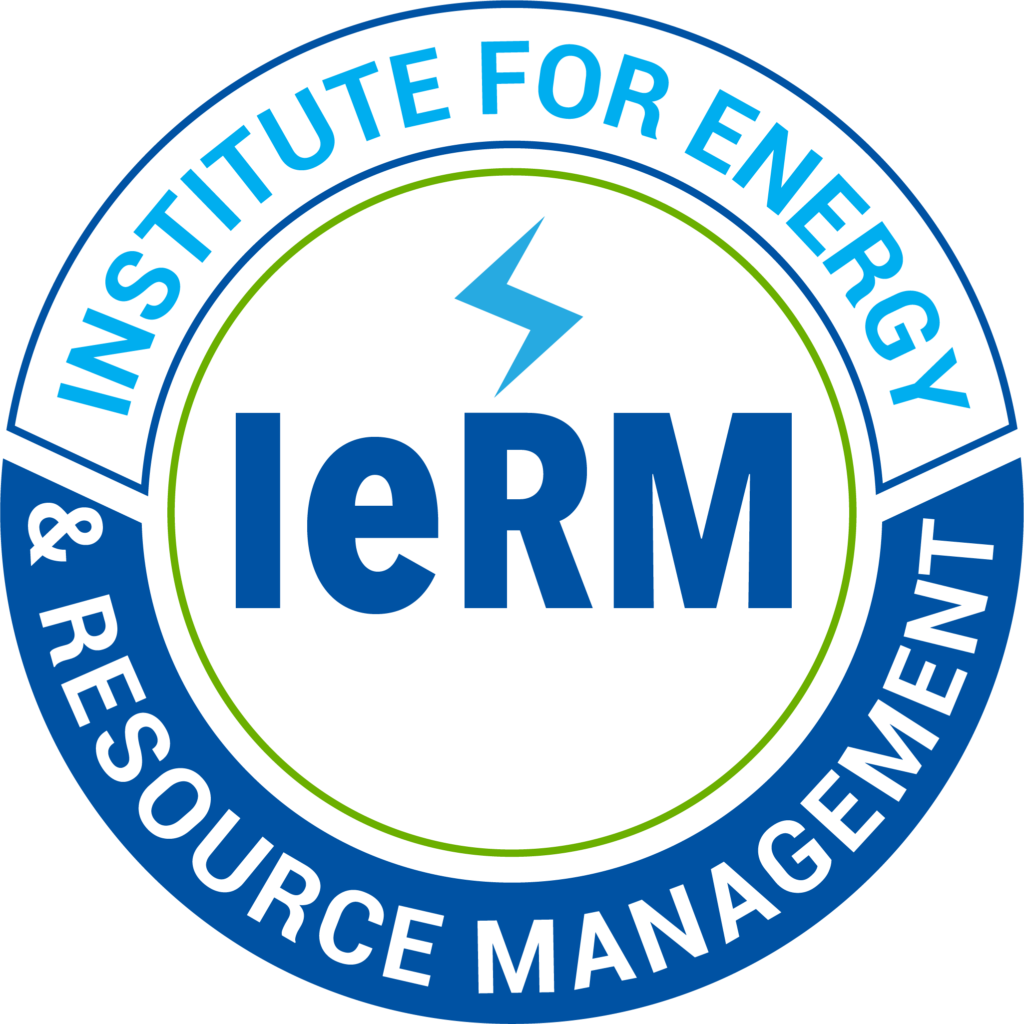February 17th 2022 In December of 2021, after months of questioning the King County Solid Waste Division (KCSWD) about their plans to expand the Cedar Hill Landfill, the Institute for Energy, Waste and Resource Management sent a challenge to the Director of the SWD.In it we took issue with their decision to expand,…
One sensitivity explored the comparison of adopting a 20 vs a 100-year time horizon. This clearly highlighted the large impact of methane emissions from landfills, in accordance with the recent IPCC report’s emphasis on the urgency to reduce GHG-emissions.
Another sensitivity investigated the CO2eq savings by energy recovery. The average electricity and heat mix of the European grid (and its evolution with a higher penetration of renewables in the future) is considered as default assumption for energy substitution. A sensitivity analysis with a marginal approach has also been developed which means that processes which recover energy from waste avoid the most carbon intensive conventional power generation technologies – fossil fuel sources. This sensitivity highlights even more the great contributions of energy recovery from waste in a decarbonisation perspective.
The waste management industry has cross-industrial interlinkages by making valuable waste-derived content available to the whole economy as secondary resources for material and energy uses.
– The EPA has stated it believes estimates of methane emissions from landfills may be twice as high as models indicate. While the landfill industry might disagree, numerous field studies have found that methane emissions are actually much higher than estimated. A 2016 study by Germany’s Institute for Energy and Environmental Research identified that landfill operators’ claims of methane recovery left out substantial amounts of emissions.
-Waste management companies are no longer just local contractors and the largest landfill operators are now national publicly traded companies. Substantial sums have been spent at the federal and state level by the waste management industry to influence the development and implementation of regulations. It is clear that waste companies have a vested interest in maintaining the status quo, and are willing to spend to do so.
-As more and more people come to realize the urgency of the climate crisis and the need for real and significant action, the U.S. must follow suit. As European Union Commission President Ursula von der Leyen said before the opening of the COP26 conference in Glasgow, now comes the “moment of truth” that will affect the “survival of mankind.”
Woven into your clothes is a material that takes on many disguises. It may have the texture of wool, the lightness of linen or the sleekness of silk. It’s in two-thirds of our clothing – and yet most of us don’t even know that it’s there. It’s plastic, and it’s a big problem.
Today, about 69% of clothes are made up of synthetic fibres, including elastane, nylon and acrylic. Polyester is the most common, making up 52% of all fiber production. Plastic’s unique durability and versatility have made it indispensable to the fashion industry.
“It’s in the waistband of your jeans, your shoes, in practically everything you wear, because plastic is this miracle material,” said George Harding-Rolls, campaigns adviser at the Changing Markets Foundation, an organization that investigates corporate practices.
An Interview with Philipp Schmidt-Pathmann President and CEO of IeRM ((Note: We asked Mr. Schmidt-Pathmann for his views on climate change, global efforts to mitigate the problem, and what he thought would be most effective. This is the first segment of his remarks, which have been edited for continuity.)) Over the past summer, we’ve seen ample evidence of climate change: excessive heat and drought, wildfires out of control, tropical storms more powerful and more damaging than ever before, flooding, loss of beach front – the list goes on. And while people seem to be waking up to the problem, there are very few if any proposals for action now. Some want to switch to renewable energy – 50% by 2050. Some look around for someone or something to blame – big coal, big oil. And some just throw up their hands and say, “what can we do, when China and India won’t cooperate.” The honest and sad truth is that we’ve dug ourselves a pretty deep hole, and we can’t wait for the world’s leaders to get together at their next summit and argue about reduction targets and revised timetables. We also have to recognize that we, as individuals, need to accept some responsibility for both the problem and the solutions. That means, to put it bluntly, changing our behavior. One area where we, as individuals, can have an impact pretty quickly is waste management. But wait, you say, that’s a government…




